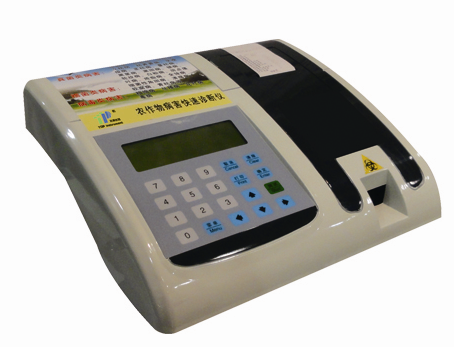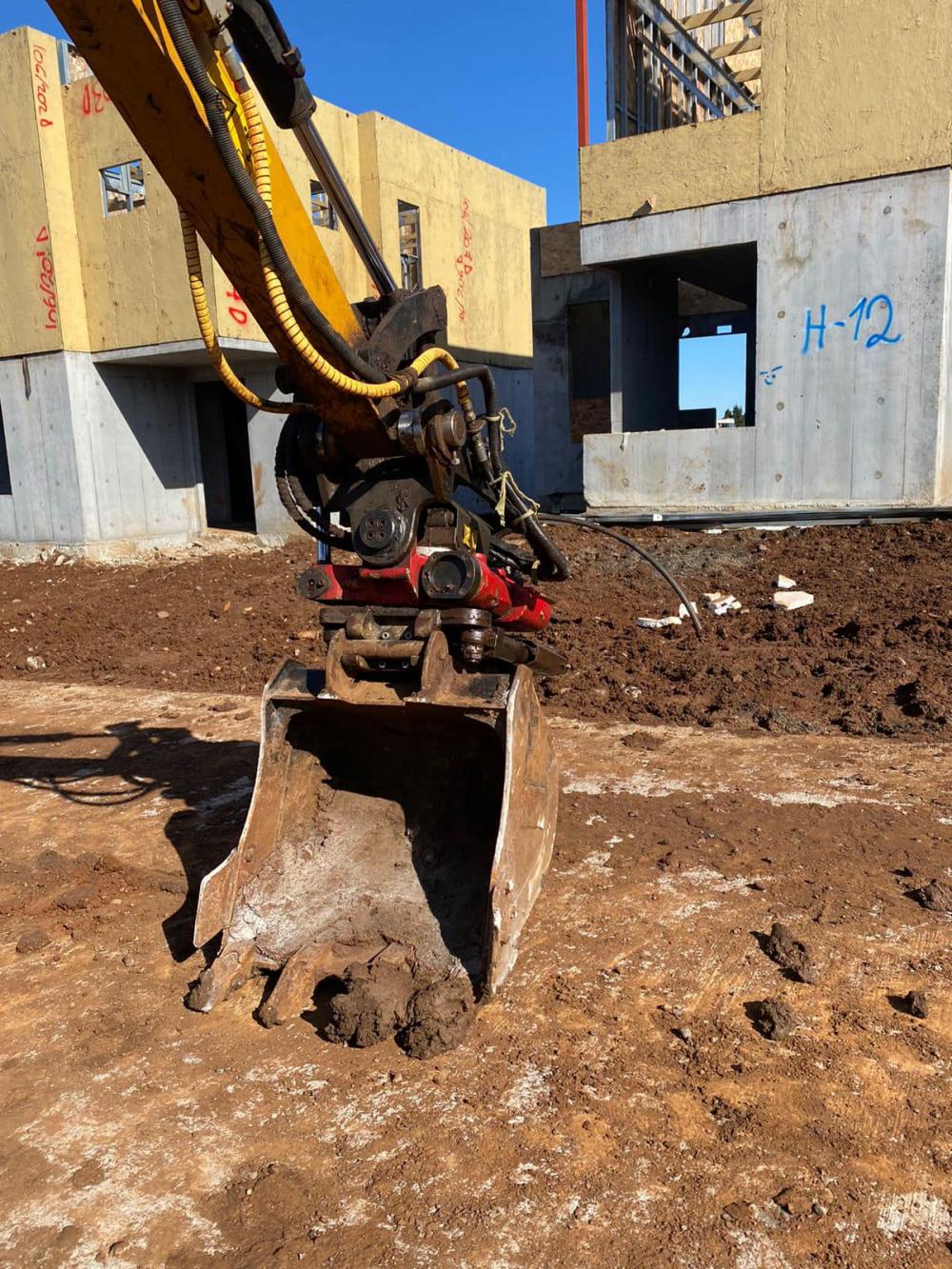The operation of the plant disease rapid diagnosis instrument is not difficult
People who have been in contact with agriculture should all be aware that bacteria, fungi and viruses are the leading causes of crop diseases. These disease microorganisms can invade crops through roots, stems, leaves, fruits, etc. Most of the diseases are relatively easy to control in the early stage of infection. However, because they are not easily detected, once the diseases are spread, prevention and control are not only difficult but also have poor results, resulting in crop yield reduction. , and even no income. How to detect and prevent disease at the early stage of the disease is the most important issue for agricultural workers. Plant disease detection is a complex chemical and physical process. If traditional methods are used, the detection efficiency is very low, and it may not be able to accurately determine the type of disease. With more and more attention, the rapid diagnosis instrument for plant diseases has also been recognized by people. It can quickly analyze and determine the types of diseases in various crops, provide scientific basis for how to prevent and treat diseases, and provide medicine for growers. Great convenience.

Looking at the above, there may be a friend who will ask: "The magical" instrument, the operation process must be very complicated, right? The actual situation is often the opposite. The more disciplined the instrument is, the more automated it is, and it also saves staff a lot of time. The plant disease rapid diagnosis instrument is no exception. Let's take a look at its basic operation procedure.
1. First of all, turn on the power, the instrument starts self-test, the detection slot is slowly removed, waiting for the test.
2. The roots, stems and leaves of the intercepted plants are cut into pieces and placed in plastic bowls. The quantity is about one-third to one-fifth of the volume of the plastic bowl.
3. Draw the same amount of the five indicator liquids with a dropper, and drip into a plastic bowl containing the plants. Stir well and let it stand for 2-3 minutes.
4. Rinse the pipette with clean water and draw a little mixture of indicator and plant debris. Spread evenly onto the indicator bar and place the indicator strip in the test slot with the color bar facing upward.
5. Press the “test†button gently. After hearing a beep, the tester starts testing. The test slot and indicator bar slowly move to the instrument. Then the instrument will automatically print the test result.
CATSU digging bucket is a type of Excavator Attachment that is used for digging and excavating soil, rocks, and other materials. It is typically made of heavy-duty steel and features sharp teeth or edges on the bottom to help break through tough materials. Digging buckets come in a variety of sizes and shapes to suit different excavation needs and can be attached to a range of different types of excavators.
When it comes to construction and excavation projects, having the right equipment is essential for efficient and effective work. Two commonly used attachments for excavators are digging buckets and sorting buckets. While both serve different purposes, they offer distinct advantages depending on the nature of the job at hand.

Advantages of Digging Buckets:
1. Excavation Efficiency: Digging buckets are specifically designed to penetrate the ground quickly and efficiently. They feature sharp teeth or cutting edges that enable them to break through various types of soil, rocks, and debris. This makes them ideal for digging trenches, foundations, or any task that requires substantial earthmoving.
2. Increased Productivity: The design of digging buckets allows for larger volumes of material to be moved at once. This, in turn, helps to increase productivity by reducing the number of passes required to complete a task. With a digging bucket, operators can save time and effort, ultimately accelerating the project timeline.
3. Versatility: Digging buckets come in various sizes and configurations, allowing for versatility in different excavation tasks. They can be equipped with different teeth options or additional features like tilt rotators, enabling operators to adapt to different soil conditions or project requirements.
Advantages of Sorting Buckets:
1. Enhanced Sorting Capabilities: Sorting buckets are specifically designed for separating materials on-site. They typically feature a grid or sieve-like structure that allows smaller particles to fall through while retaining larger ones. This makes them ideal for tasks like sorting rocks, debris, or separating different materials during recycling processes.
2. Cost and Time Savings: By using a Sorting Bucket, operators can eliminate the need for manual sorting or additional equipment, which can save both time and money. The ability to separate materials directly on-site eliminates the need for separate sorting facilities, reducing transportation costs and increasing operational efficiency.
3. Environmental Benefits: Sorting buckets contribute to environmental sustainability by enabling the separation and recycling of materials. By sorting and recycling on-site, construction projects can reduce the amount of waste sent to landfills, minimize the need for new raw materials, and lower the overall carbon footprint.
Conclusion:
While digging buckets excel in excavation efficiency and productivity, sorting buckets offer advantages in material separation, cost savings, and environmental sustainability. The choice between the two attachments depends on the specific requirements of the project and the desired outcomes. By understanding the advantages of each, construction professionals can make informed decisions and optimize their excavation processes.
Excavator Digging Bucket,24 Digging Bucket,600Mm Digging Bucket,Cat Digging Bucket
CATSU Hydraulic Machinery Equipment Co.,Ltd , https://www.catsutiltrotator.com